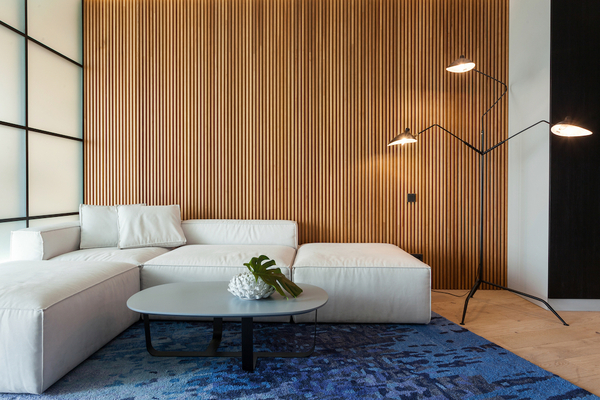Old buildings are notorious for being energy inefficient; one only needs to experience a drafty old office tower during a cold winter to be convinced that a modern “green” building that can heat a space effectively with much less energy expenditure would be much better.
However, a new study shows that while new buildings may be more ecologically sound when it comes to things like energy efficiency, they still present a much larger carbon footprint than simply retrofitting old buildings with “green” technology.
The report, entitled The Greenest Building: Quantifying the Environmental Value of Building Reuse concludes that the re-use of old buildings is much “greener” than their demolition to make place for new “green” construction.
The study further shows that new buildings, no matter how “green”, will take up to 80 years to overcome their negative impact on climate change and energy savings. The report however does take care to mention that while re-using and retrofitting old buildings, companies must be aware that this can also cause some negative impacts, although not as many as with a new construction. The report focused on six building types in four different climatic zones in the United States.
The report shows city planners that rather than go on a “green” building spree, there are many more benefits to retrofitting old buildings. Preservationists are very pleased to learn of the results of the study, and are hoping policy-makers, architects and engineers will also jump on the retrofit and re-use bandwagon.




